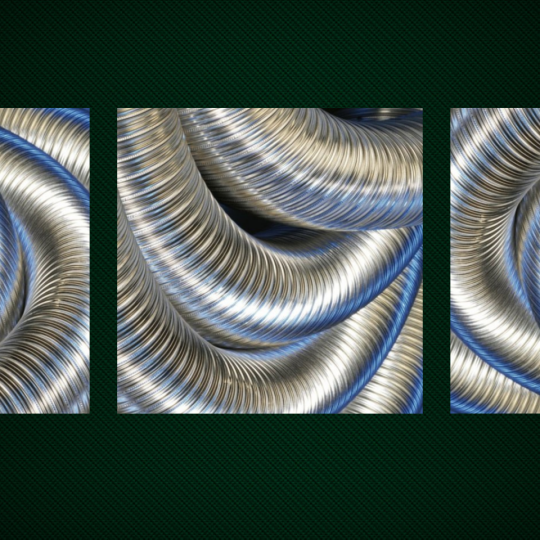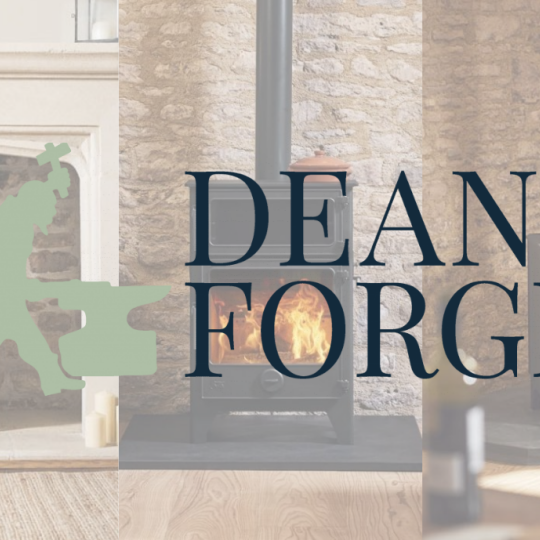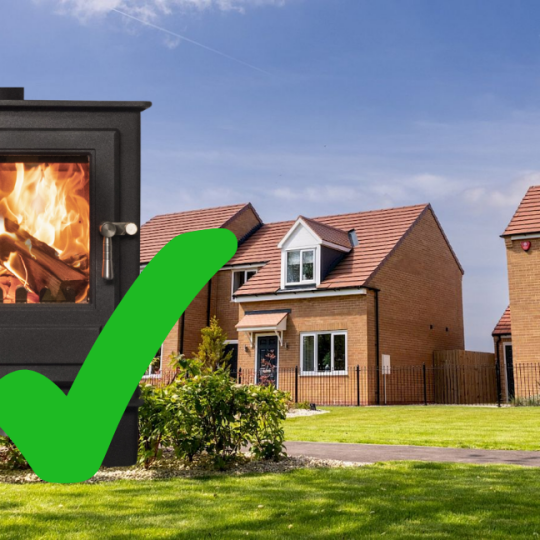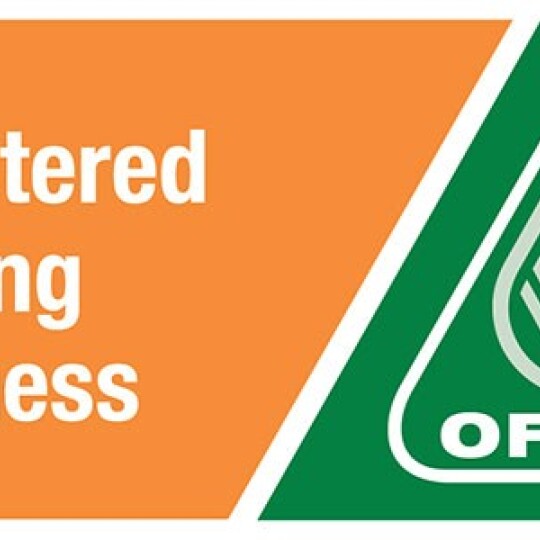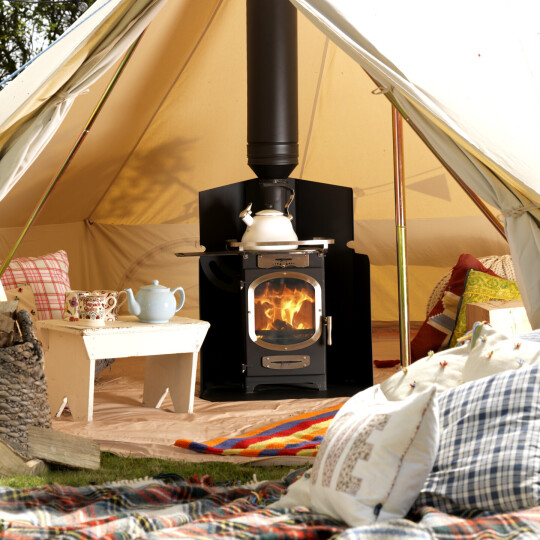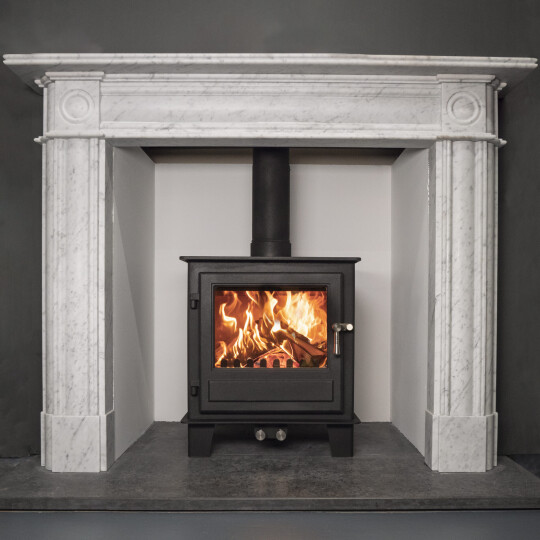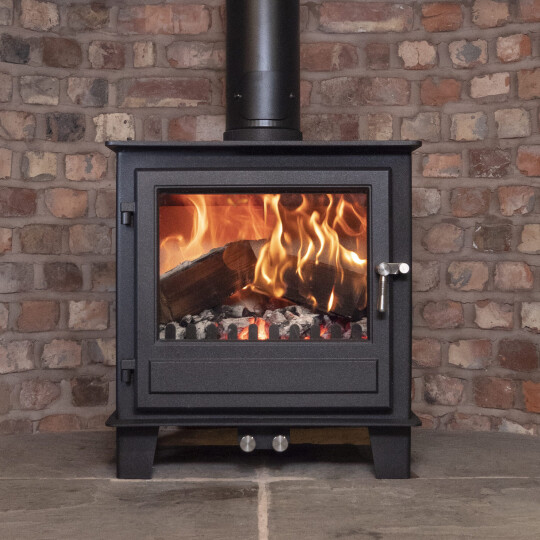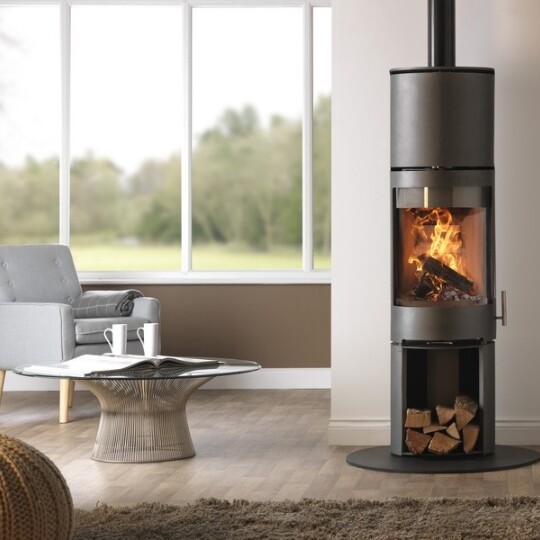Chimney Lining
Chimney Lining & Prefabricated Chimney Systems
‘Do I really need a chimney lining’ is a question asked by a lot of our customers.
Most chimneys, certainly in older properties have no chimney lining and were designed for open fires where you astonishingly lose 80% of the heat up the chimney and only get 20% into the room – as well as having a wicked draught around your ankles. Open fires are what wing-backed chairs were designed for! All of this heat takes up a fair amount of room and travels upwards quickly. It’s travelling so fast that it doesn’t cool and condense until it reaches the top and all exhaust gases and any nasty tar, creosote and condensates are successfully expelled. This is how an open fire and chimney should work.
When a stove or woodburner is installed at the bottom of your chamber, the ratio is instantly reversed. 80% of the heat comes into the room and only 20% is lost up the chimney. This vastly smaller amount of hot air is therefore swirling around your large chamber, it is moving upwards much slower and leaves behind all sorts of sooty deposits which form as creosote on it’s much slower journey, providing much more scope for a chimney fire. It is inevitably going to cool and condense before it reaches the top and the condensation, when mixed with sooty deposits, produces sulphuric acid which eats into the mortar and brickwork of your chamber. Over time this can affect the structural integrity of your chimney or cause minuscule cracks through which fatal carbon monoxide can leak.
By having a chimney lining your chamber becomes a smaller and constant size all the way up enabling the smaller amount of heat to rise faster and not condense before it reaches the top. You have recreated your open fire chamber in a smaller version to accommodate the smaller amount of gases! By having a smaller and constantly sized flue, it is much easier to sweep and there is no scope for flammable creosote to collect in any nooks and crannies!
If this isn’t enough of an incentive, an open fire draws ferociously (hence the draught and the need for your wing-backed chair) as it has to feed the big chamber. A woodburner or stove cuts off this massive updraught as you are controlling the air intake so you need to reduce the size of your chamber to maintain the status quo of the draw by having a chimney lining installed. Imagine drinking a drink through a fat straw and a thin straw…. the thin straw is much faster and easier.
Building regs don’t state that you have to line your flue when fitting a woodburner or stove, however they do state that you must be sure that the chimney is in good working order and has been sufficiently maintained. In our view this is a very difficult thing to have long standing peace of mind over! For all the good reasons stated, most, and certainly all conscientious installers will strongly recommend fitting a chimney lining, and may even refuse to install your stove without fitting one.
If you are still in doubt as to the need, give your local fire brigade a call – get their view on installing a stove or woodburner without lining the chimney!
We can give you advice and install a safe and efficient chimney or flue system. We will always inspect and advise you before installing a stove. Sometimes the existing flue is fine, sometimes a small modification may suffice. We will always advise and talk through our recommendations. We use a variety of chimney lining systems from flexible stainless steel systems for lining an existing chimney to twin wall insulated chimney systems where no current chimney exists. The important thing is to inspect your property and match the type of lining to your situation and requirements. We will always place safety first and this will include ease of servicing and maintenance.
Flexible Stainless Steel Chimney Lining
Flexible stainless steel chimney liners is a good solution of installing a solid fuel or woodburning stove onto an existing masonry chimney.The pipe off the stove goes up to a steel closure or register plate at which point we adapt to the flexible liner. This then goes to the top of the chimney and is supported from there by a pot hanger cowl.
Insulation of the steel liner is optional, but not required under building regulations.
The chimney liner provides the conditions needed for your stove and chimney to function:
- The integrity and gas tightness of any chimney cannot be guaranteed without installing a stainless steel chimney lining – this will contain all the poisonous exhaust gases and carbon monoxide produced by burning solid fuels and prevents them from entering your living space, before expelling them safely away from your home.
- A liner will keep the flue diameter constant all the way up the chimney, which helps to keep the gases hot enough to rise up and out of your flue, reducing the likelihood of condensates, chimney fires and in turn improving the draw of your chimney.
- Annual sweeping and maintenance will be a lot easier if the flue is the same size all the way up, resulting in less soot build up.
Not all flexible steel chimney liners are the same. The quality varies enormously.We use 904 grade (the highest) Tecnoflex Plus flexible chimney liner. Tecnoflex Plus is a twin skin flexible chimney liner manufactured in the UK by Schiedel. It comes with a lifetime guarantee.
- Premium Technoflex Plus grade 904 liner can burn both seasoned wood and smokeless coal and has a lifetime warranty. The other available grade is 316 liner, which cannot burn smokeless coal and generally has a significantly shorter warranty.
-
904 grade is more costly than 316, but also more durable.
-
316 grade is suitable for light use, non-eco-design stoves, and wood-only fuel use only.
-
904 grade is suitable for all stoves and all fuels (including eco-design stoves).
-
904 has more Nickle and Molybdenum in it so is more corrosion resistant.
Dura Flue is manufactured from two separate pre-formed patented strips of stainless steel. Due to this unique process the steel doesn’t come under any stresses during manufacturing as it does during more traditional methods of manufacturing chimney liner where the steel is formed, then folded and finally crimpled to lock it together. The two separate strips of steel are designed to simply lock into each other when run through the highly specialised patented machinery with ease creating an incredibly strong flexible liner that won’t unravel in the same way a traditional chimney liner can. It also means there is no stress put on the steel during this process as there is when steel is folded to create the inner and outer layers of a traditional chimney liner and the possibility of corrosion is minimised, as there are no weak spots for corrosion to set in.
You have a choice about which flexible chimney liner to have installed:
- Either 316 (15yr guarantee) for burning wood only or if you think you will be moving in the next few years
- Or 904 (30yr guarantee) for multi fuel burning or if this is your long term property
We will do the installation using a pot hanger cowl (rather than cementing your liner into your stack, to avoid erosion problems), 904 grade stainless steel chimney liner, as above, a bespoke closure plate made onsite and all necessary vitreous (black) pipework.

